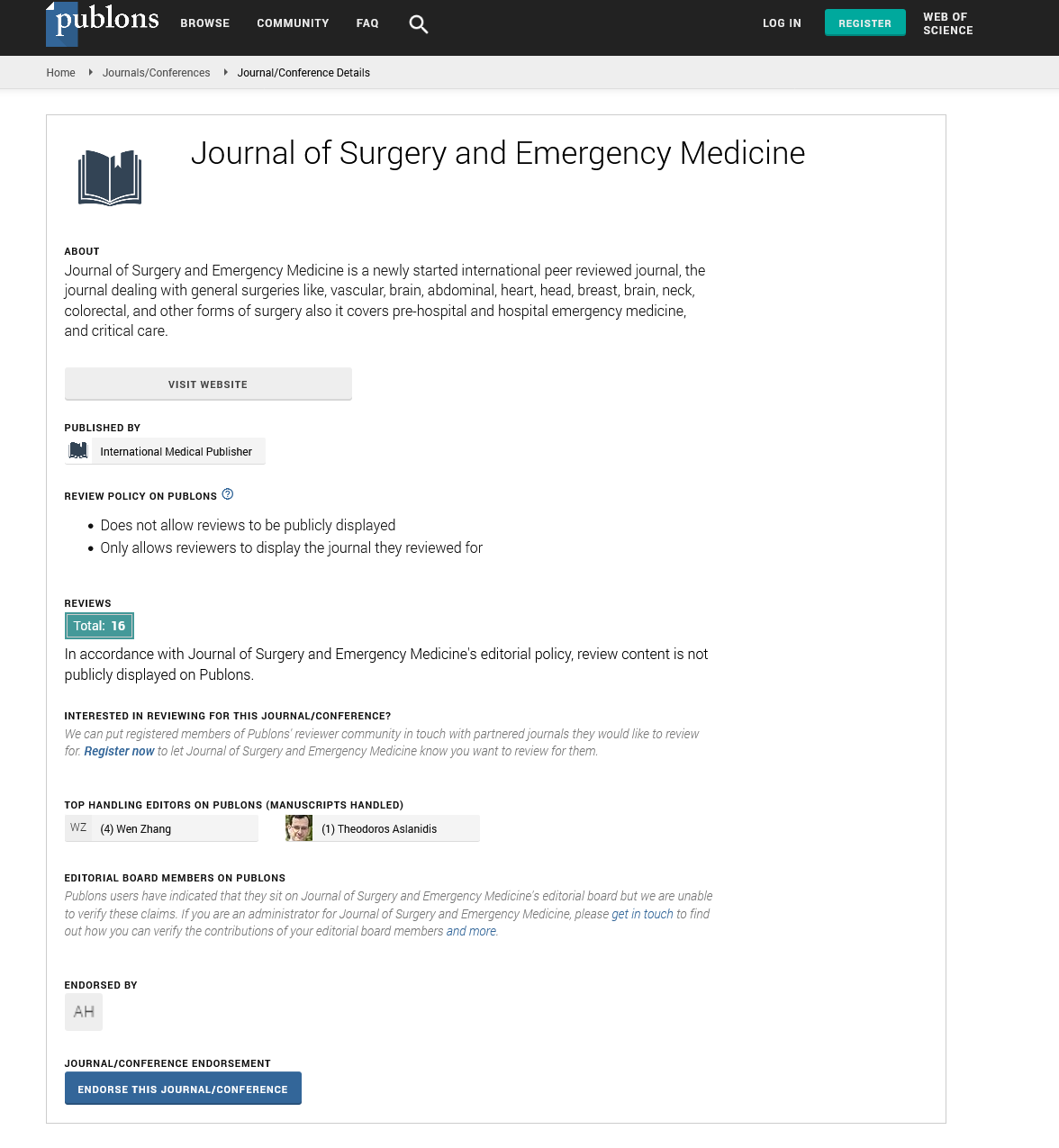Abstract
"We Teddy": A Device to Connect Speech Pathologists, Audiologists, and Caregivers Throughout Aural (Re)Habilitation Management
Exchange of information about an individual’s care that occurs between a team of multidisciplinary care providers and clients is called effective clinical communication. Effective clinical communication must be continuous and provide a timely, accurate, and appropriate transfer of information that leads to open, honest, and respectful relationships with ample opportunities for clarification and feedback. Moreover, communication among multidisciplinary specialists with caregivers is essential for sharing patient data, developing management plans, and updating client cases. However, speech-language pathologists, audiologists, and caregivers can struggle to communicate effectively without a sufficient device or system to keep them connected.
Communication between a multidisciplinary team, a client, and a caregiver facilitates better service and increases understanding of a client’s case. In contrast, a lack of teamwork and inadequate documentation in healthcare results in misdiagnoses, inappropriate management plans, and inadequate care outcomes that negatively impact a hearing-impaired client’s quality of life, including educational opportunities and social bonds. Moreover, a delayed transfer of information or a late referral also affects the quality of client care and the timeliness of management. Therefore, multifaceted communication is fundamental to inform, research, discuss, and evaluate a client’s ongoing condition.
The “We Teddy” device is designed to provide care professionals and caregivers the opportunity to effortlessly communicate about client results and progress, leading to better client outcomes. “We Teddy” is specified for aural (re)habilitation clients and the professionals who manage their cases, especially speech-language pathologists and audiologists. The device can serve in healthcare settings as the basis for communication between speech-language pathologists and audiologists to keep them updated with the latest client diagnoses and progress.
The “We Teddy” device is shaped like a bear with a memory card inside its ear and three buttons on its stomach designated for the speech-language pathologist, the audiologist, and a music player for the client, respectively. The main component of the device is the memory card that saves all client data from every specialist, allowing any specialist, a caregiver, or a client to review necessary data for understanding and collaboration. Additionally, the ear-shaped camera can aid specialists in quickly diagnosing hearing status (including severity and type) for both ears.
Moreover, the three buttons provide access to pre-recorded audio that function with the memory card, electronically storing data and playing music at different frequencies for the benefit of the client. Data is stored either via a wired or wireless device with limited information about client status and progress. The “We Teddy” device comes in two sizes: a regular size for clinician usage and a smaller size to provide the caregiver with ease of transport.
The “We Teddy” device benefits client awareness of diagnoses and management plans, facilitating enthusiasm to achieve goals by cooperating with clinician-prescribed regimens. Caregivers of pediatric clients can also be comforted by knowing care plans and schedules without missing critical elements. Moreover, clinicians can also be at ease, knowing the diagnoses of other team members that significantly affect the progression of cases to promote effective collaboration and coordination to ensure successful results.
To conclude, clinical communication is essential for multidisciplinary teams to promote desired outcomes for clients. In this way, the “We Teddy” device can offer access to clinical diagnoses from the source rather than asking caregivers and clients to carry vital documentation with them that can be forgotten, damaged, or lost. The saved diagnoses on the memory card by a specific specialist cannot be edited nor deleted by another specialist, the caregiver, nor the client.
Finally, the two sizes of the “We Teddy” device offer equal benefits: the regular size facilitates clinician usage. At the same time, the smaller size provides convenience for caregivers by functioning as a key chain that carries the memory card to and from medical appointments. This following article introduces the “We Teddy” device as a conduit for interprofessional communication in a healthcare setting to promote effective results.
Author(s): Weaam Al-Ameer
Abstract | PDF
Share This Article
Google Scholar citation report
Citations : 131
Journal of Surgery and Emergency Medicine received 131 citations as per Google Scholar report
Journal of Surgery and Emergency Medicine peer review process verified at publons
Abstracted/Indexed in
- Google Scholar
- Publons
Open Access Journals
- Aquaculture & Veterinary Science
- Chemistry & Chemical Sciences
- Clinical Sciences
- Engineering
- General Science
- Genetics & Molecular Biology
- Health Care & Nursing
- Immunology & Microbiology
- Materials Science
- Mathematics & Physics
- Medical Sciences
- Neurology & Psychiatry
- Oncology & Cancer Science
- Pharmaceutical Sciences
